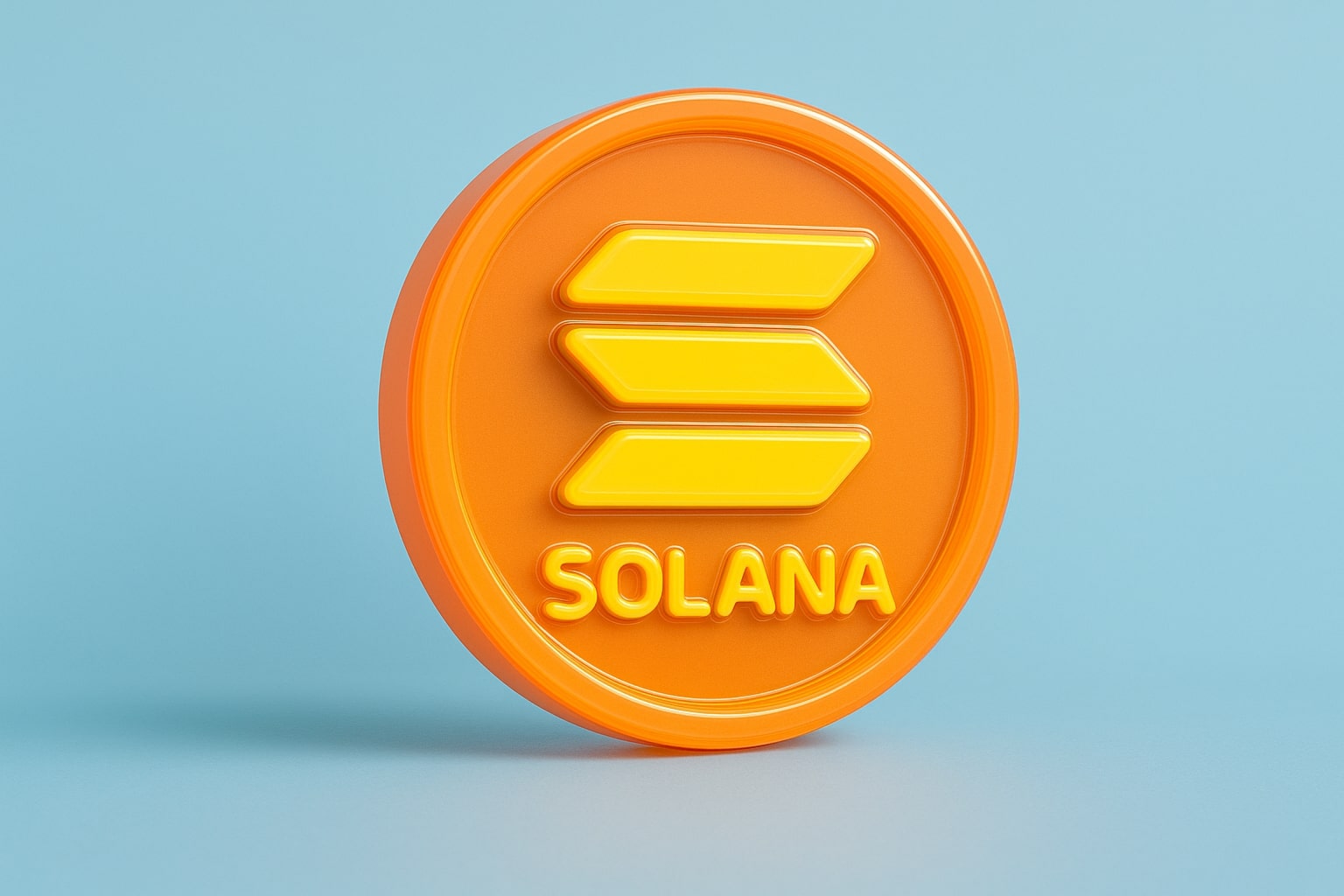
How To Short Commodities-Use Gold Oil Commodity Market Price
Understand How To Short Commodities Can Help Investors Profit from Market Price Volatility , Gold Oil commodity | That's TradingNEWS
Trading News - How To Short Commodities?
A short position on commodities is a market trading strategy where an investor bets that the price of a particular commodity(Like Gold) will decline.
The commodity is borrowed from a broker and sold on the open market to buy it back at a lower price to make a profit.
The Way To Short Commodities is Borrowing the commodity , Selling the commodity , Monitoring the market and Buying back the commodity.
Investments in Gold, Silver And other Precious Metals , Soft and Hard commdities
Borrowing the commodity: In order to sell the commodity on the open market, the investor must first borrow it from a broker. This involves paying a fee to the broker and providing collateral to secure the loan.
Selling the commodity: Once the investor has borrowed the commodity, they can sell it on the open market. The goal is to sell the commodity at a high price and then buy it back at a lower price to make a profit.
Monitoring the market: Once the commodity has been sold, the investor must monitor the market conditions and the price of the commodity. The goal is to buy the commodity back at a lower price before the loan expires.
Buying back the commodity: Once the price of the commodity has declined, the investor can buy it back on the open market and return it to the broker. The difference between the price at which the investor sold the commodity and the price at which they bought it back represents their profit.
Commodities that are frequently targeted for short selling:
Crude oil: Crude oil is a highly volatile commodity that is impacted by a range of factors, including global supply and demand, political events, and weather patterns.
Gold: Gold is often viewed as a safe haven asset, but it can also be subject to significant price swings. Gold prices can be impacted by global economic conditions, currency fluctuations, and changes in interest rates.Very popular trading channel is to short gold ETF
Silver: Like gold, silver is often viewed as a safe haven asset, but it can also be subject to significant price volatility. Silver prices can be impacted by supply and demand, as well as by changes in interest rates.
Copper: Copper is a key industrial metal that is used in a range of applications, from construction to electronics. Copper prices can be impacted by global economic conditions, supply and demand, and changes in government policy.
Wheat: Wheat is a staple food commodity that is impacted by a range of factors, including weather patterns, global supply and demand, and changes in government policy.
You Can Short Commodities With Those Financial Instruments:
Futures Contracts: This is the most direct way of shorting a commodity. A futures contract is an agreement to buy or sell a specific quantity of a commodity at a specified price at a future date. To short a commodity, you would sell a futures contract, with the expectation that you'll be able to buy it back later at a lower price.
Example -
Suppose that it is January, and the March Crude Oil futures contract is trading at $60 per barrel. A trader believes that the price of oil will fall in the coming months due to a potential increase in supply.
The trader sells a March Crude Oil futures contract. This is a commitment to deliver 1,000 barrels of oil in March at a price of $60 per barrel.
Over the next few weeks, suppose the price of oil does fall, and by February the March futures contract is trading at $55 per barrel.
The trader then buys a March Crude Oil futures contract. This is a commitment to buy 1,000 barrels of oil in March at $55 per barrel.
The two contracts cancel each other out, and the trader is left with a profit of $5 per barrel, or $5,000 in total (since each contract is for 1,000 barrels).
Options on Futures Contracts: Options give you the right, but not the obligation, to buy or sell a futures contract at a predetermined price within a specified time period. A put option allows you to profit if the price of the commodity falls.
Example -
Let's say that the price of gold is currently $2,000 per ounce. You believe that due to various economic factors, the price of gold is going to drop in the next three months.
To capitalize on your prediction, you decide to purchase a put option on a gold futures contract. The put option gives you the right (but not the obligation) to sell a gold futures contract at a predetermined price (the strike price) within a specified period of time.
Let's say the strike price of the put option you buy is $1,950, and the option expires in three months. This put option might cost you $100 (called the premium), and each contract corresponds to 100 ounces of gold.
Now, two scenarios can happen:
Gold price drops as you predicted: Suppose gold prices drop to $1,800 per ounce within three months. Because you have a put option, you can sell a gold futures contract for $1,950, even though the current market price is only $1,800. You would make a profit from the difference, minus the premium you paid for the option.
Gold price does not drop: Suppose gold prices rise or stay the same. In this case, you wouldn't exercise your option to sell the futures contract (because you wouldn't sell gold for $1,950 when it's worth more than that in the market). The only money you lose in this scenario is the $100 premium you paid for the option.
Exchange Traded Funds (ETFs) and Exchange Traded Notes (ETNs):
What Is A Commodity ETF ? Click To See More >
There are several ETFs and ETNs that offer exposure to commodity markets. Some of these funds are designed to move inversely to the price of certain commodities, so you can profit if the commodity's price falls.
Consider a situation where there is an expectation that the price of oil will fall due to an expected increase in supply. An investor looking to profit from this could consider shorting an oil-related ETF or ETN.
ProShares UltraShort Bloomberg Crude Oil ETF (SCO): This is a well-known exchange-traded fund designed to move in the opposite direction of the Bloomberg WTI Crude Oil Subindex. This means that if oil prices fall, the value of SCO should increase. Keep in mind, it's leveraged, which means it aims to deliver twice the inverse of the daily performance of the Bloomberg WTI Crude Oil Subindex. Leveraged funds can be riskier than traditional ETFs.
iPath Series B S&P GSCI Crude Oil ETN (OIL): This is an example of an exchange-traded note linked to the performance of the S&P GSCI Crude Oil Total Return Index. If one expects the price of oil to fall, they could short this ETN. However, shorting ETNs can be risky and complex.
Short Commodities ETF - Click To See Best Commodity ETFs To Buy >
Shares in Commodity Producers: Another indirect way to short commodities is by shorting stocks of companies that are heavily dependent on the commodity you expect to fall in price.
Commodity Swap Agreements: A swap is a derivative contract through which two parties exchange financial instruments. In a commodity swap, one party will usually pay a fixed price, and receive a return that is based on the price of a commodity.
Example -
Suppose you believe the price of gold is about to decrease due to various factors like an expected rise in interest rates, stronger dollar, or declining demand.
Identify a Gold Mining Company: Identify a gold mining company that has a high correlation with the gold price. In this case, let's pick "Gold Miners Corp" (a hypothetical company). The performance of gold mining companies is often closely tied to the price of gold because their profit margin depends on the difference between their mining costs and the price at which they can sell gold.
Short the Stock: Once you've picked the company, you would then borrow shares of "Gold Miners Corp" and sell them on the open market. For simplicity, let's say you short 100 shares at the current price of $50 per share, for a total of $5000.
Monitor the Market: Now, you monitor the market. If the price of gold falls as you expected, it's likely that the share price of "Gold Miners Corp" will also drop. For instance, the stock might fall to $40 per share due to the decreased profitability of gold mining.
Buy Back and Profit: At this point, you decide to close your short position. You buy back the 100 shares at the current price of $40 per share, for a total of $4000.
Result: You initially sold the shares for $5000 and bought them back for $4000, leaving you with a profit of $1000 (ignoring trading fees and interest on the borrowed shares).
Shorting Commodities
is a trading method in which a trader or investor takes a bearish stance on the price of a specific commodity. In other words, they are placing a wager on the commodity's future price decline.
An investor who shorts a commodity will borrow it from a broker and then sell it on the open market at the going rate. The investor anticipates a gradual drop in the commodity's price. If their prediction is accurate, they can repurchase the commodity at a lower cost and give it back to the broker, making money off the difference in price.
Shorting commodities is frequently used by traders and investors who think the asset is overpriced or has fundamental issues that could cause a price decrease. It may be a strategy for capitalizing on market downturns or protecting against possible losses in other investments.
To 'short' (sell or short-sell) a commodity implies to bet against the market price of a raw material like oil or gold. In other words, you expect the market price to fall. If you are correct, you will profit, but if the market price rises, you will lose.
What Is The Best Time To Trade Crude Oil?
Oil is frequently traded between 20:00 (UTC+8) and 13.30 (UTC+8), when the New York Mercantile Exchange (NYMEX) is open and market liquidity is typically high. | That's TradingNEWS
Read More
-
Disney Stock (NYSE:DIS) vs Warner Bros Stock (NASDAQ:WBD): Entertainment Stocks Diverge
13.09.2025 · TradingNEWS ArchiveStocks
-
Solana Price Forecast: SOL-USD at $243 Targets $300 With Institutional Inflows
13.09.2025 · TradingNEWS ArchiveCrypto
-
Natural Gas Price Forecast: NG=F at $2.94 Struggles Below $3.00 With Storage Surplus
13.09.2025 · TradingNEWS ArchiveCommodities
-
Stock Market Weekly Recap - Nasdaq Soars to Record 22,141 as Dow Slips, S&P 500 Holds 6,584 Before Fed
13.09.2025 · TradingNEWS ArchiveMarkets
-
USD/JPY Price Forecast: Yen Weakens to 147.58 as Fed and BoJ Divergence Widens
13.09.2025 · TradingNEWS ArchiveForex



















